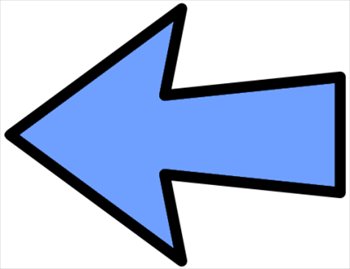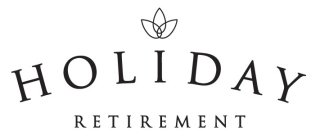Eric Dishman is an Intel Fellow and the general manager of Intel’s Health Strategy & Solutions Group. He is responsible for driving Intel’s worldwide healthcare research, which includes:
- New Product Innovation
- Strategic Planning
- Health Policy and Standards
He has an amazing personal healthcare story and is a prominent thought leader in the healthcare and senior care arena. He is a TED presenter and was the keynote speaker on Thursday afternoon at Agetech West, 2013. In his presentation he talked about the emerging challenges that will accompany the aging population and suggested not so much a specific set of solutions, but rather a framework that might drive how we approach the problem. I was particularly intrigued by the Intel concept of “Shift Left”. Here is what elder care looks like today:  Quality of life and cost of care are inversely correlated. Depending on how you define it, this means that as the quality of life decreases, the cost of care increases or perhaps as the cost of care increases the quality of life decreases. To add to the picture we might also say that as we age, at least in today’s society we mostly tend to shift right. As Intel approaches health and wellness, initiatives their critical path includes this key question:
Quality of life and cost of care are inversely correlated. Depending on how you define it, this means that as the quality of life decreases, the cost of care increases or perhaps as the cost of care increases the quality of life decreases. To add to the picture we might also say that as we age, at least in today’s society we mostly tend to shift right. As Intel approaches health and wellness, initiatives their critical path includes this key question:
Will it result in a shift to the left?
It is an important question and I find myself wondering if the senior living industry has a shift left point of view. It seems to me that approaching all that we do asking this question becomes a powerful yardstick by which to measure what we are doing and how effective we are at doing it. With the caveat that I am doing some extrapolation from Eric’s presentation, he seems to be making a good case that senior living is already doing a better job of shifting left than any other part of the healthcare continuum. In my view it looks like this: Skilled Nursing today is doing things that were in older times, done in acute hospitals and they are doing these things for a fraction of the cost that would be incurred in an acute environment. Assisted Living today is doing things that in older times were being done in skilled nursing (and in some case being done in acute hospitals). They are doing these things at a lower cost and providing a much higher quality of life.
Now What
We can pat ourselves on the back and be proud that we help our residents shift left, but honestly that is not good enough. We need to be continuously asking ourselves “What else can we do to shift residents even further to the left?” My question to you: What specific things are you doing in your community that allow your residents to shift left? Steve Moran
If you like this article it would be a great honor to have you subscribe to our mailing list HERE.









Steve, Following Eric’s lead is a good idea. But I have similar slides about Shift Left from years back. These are good ideas, along with many new and enhanced products and services that are not reaching consumers.
We are heading to a fiscal and dignity cliff. We need disruptive innovation connecting new consumers and smart providers with these good ideas so solutions can emerge that promote self reliance and increase opportunities.